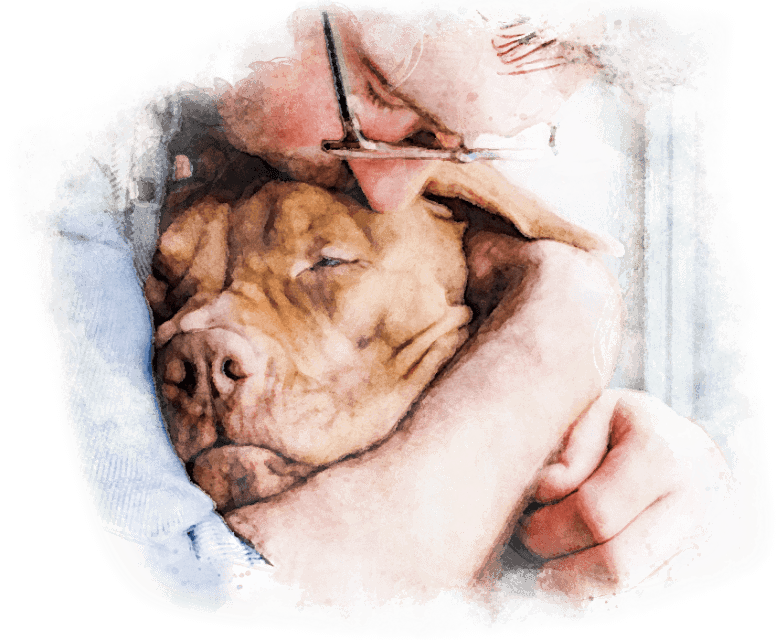
Useful tools for assessing Quality of Life for your beloved pet and making end-of-life decisions

You’ve probably heard the sayings “You’ll just know when it’s time” or “When he stops eating” or “When he can’t get up anymore”… These statements can not only be misleading but can lead to prolonged unnecessary suffering as well as decisions made too early.
It is important to base your decision on the whole picture and to take into consideration several key factors. Evaluating your pet in terms of their emotional, physical and social well-being together is much more accurate than relying on one single factor alone.



 1
1
Write a list of the top five things your pet loved to do. When they are no longer able to enjoy the majority of these things, it may be time to discuss euthanasia.
 2
2
Remember how your pet looked and behaved prior to the illness. Sometimes changes are gradual, and therefore hard to notice. Look at photos or videos of your pet from before the illness.
 3
3
Keep track of good and bad days on your calendar. If the bad days start to outweigh the good, it may be time to discuss euthanasia. Download a useful Quality of Life Calendar

An important thing to keep in mind is that animals are incredibly good at hiding any outward sign of pain or suffering. In the wild, showing any signs of distress would be considered a weakness, and therefore it can be quite challenging to know how much pain your pet may be experiencing.
This is why it is so important to have regular veterinary appointments, especially as your pet gets older. There is no better person to ask these difficult questions than your trusted veterinarian.

The majority of pet owners who have previously experienced the loss of a pet, will generally make the decision to euthanise their next pet sooner. First time pet owners caring for a terminal pet will often wait until the very last minute to make the difficult decision. They feel guilty about ending their pet’s life too soon, and giving up on their pet.
Afterwards however, most of these owners regret waiting too long and putting their pet through numerous procedures and stressful vet visits that didn’t improve their pets quality of life. The next time they’re faced with the decline of a pet, they tend to make the decision much sooner rather than later.
If you wait until the last minute to say goodbye there is a higher chance that you’ll be racing your pet to the emergency hospital, completely stressed and potentially in a lot of pain. It’s not nice for you or your pet to have to say goodbye in this way.
We have an incredible gift that we can give to animals – and that is to prevent suffering and provide the most peaceful and gentle goodbye possible. They can be surrounded by their family, getting hugs and cuddles, eating their favourite food in their own bed when they drift off to sleep.
 !
!